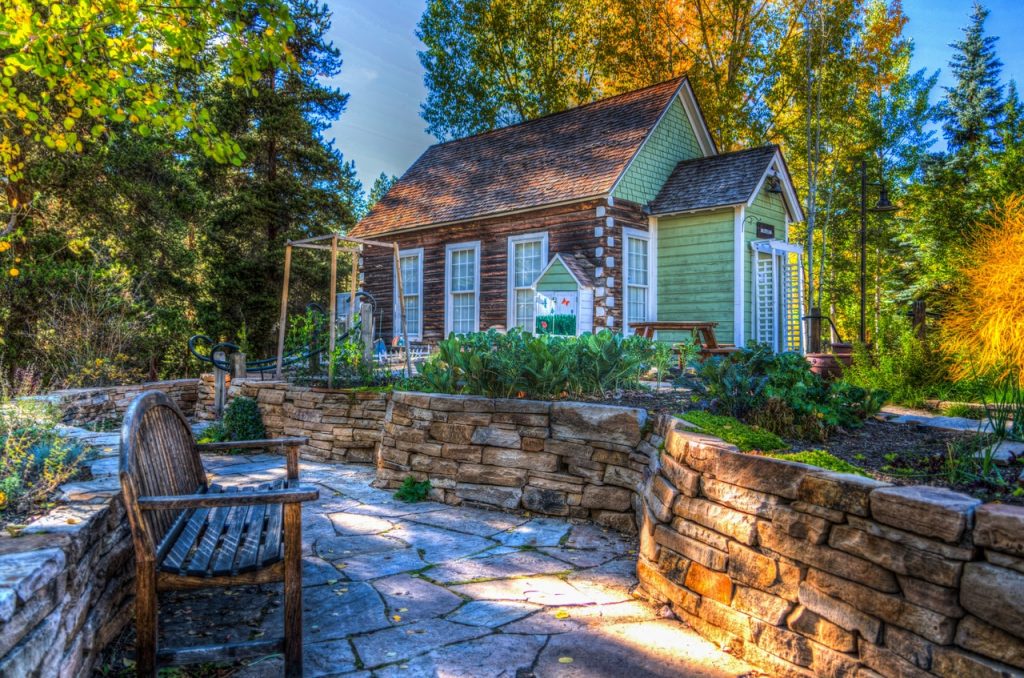Modern homes and smart cities are formulating policies to promote green architecture. Usually, eco-friendly designs are expensive to initiate but the benefits outweigh their demerits. Green homes are sustainable because they make the environment livable, and enhance the quality of life. Also, eco-friendly architectures can be used in schools and commercial buildings. Let’s share some features that are used in eco-friendly architecture.
Why Do We Need Eco-Friendly Architectures?
Any zero-footprint architectural model can reduce the rate of climate change, and destruction to the Earth. Cement is the basic component of brick houses and the dust that comes from old stone walls could cause respiratory diseases. However, eco-designs in building structures don’t emit greenhouse gases because they are non-toxic materials. Generally, the sourcing of materials like wood to construct traditional buildings might lead to deforestation. Deforestation is a global threat to the habitat of plants and animals. Also, deforestation reduced the amount of oxygen on the earth surface, increase the concentration of carbon dioxide accordingly. In case you’ve newly bought the house through sale by the previous owner, and wish to implement these innovative architectural ideas, there may not be an issue facing you with this regard as almost everyone encourages such practices and this makes it much easier and convenient for you.
What Are Some Eco-Friendly Techniques
Use Energy Efficient Insulations
When you build a house with energy-efficient insulation, it increases the efficiency of heating ventilation and cooling (HVAC) equipment. Insulation is the use of lags or thick pads to reduce air gaps and dissipation of energy. After turning off the heat generated by your HVAC system during winter seasons, the interior space of your home can stay warm for many hours because of proper insulation. Usually, stone-walled homes lose 60% of the energy that’s generated from their central HVAC systems.
There are cost-saving techniques for insulating your home. Interior designers can add dampers (like wallpapers) on the wall’s surface or caulk the gaps on the wall. Also, the use of natural gas-powered water heaters, low-emissivity windows, insulated panels, energy-efficient HVAC appliances can be considered.

Use Eco-friendly Building Materials
The use of non-synthetic, eco-friendly building materials is better than concrete houses. Apart from resisting the effects of harsh weather conditions, eco-friendly materials enjoy cutting-edge technology. The cost of purchasing environmentally-friendly materials might be high, but they have a low maintenance cost. There are cost-saving types of building materials that are eco-friendly. Ask your contractor to use recycled wood, steel, reflective roofing, and composite (plastic) lumber. Additionally, contractors should consider straw bales, organic polyurethane rigid foam, and solar light fixtures.
Rain Water Collection
Homeowners that love to keep beautiful flowers in gardens can reduce their water consumption bills. A smart of maintaining the green area of your backyard space is by collecting rainwater in plastic tanks. Also, they can install gutters to collect rainwater from roofs, and store in large reservoir tanks. Apart from tending plant, rainwater can be used to wash their vehicles.
Solar Panels for Light
You can connect your home’s security lights to off-grid power systems like solar panels. As renewable energy that requires sunlight, solar installations for lights can store charges in batteries. At night when light’s intensity is absent, the juice in these batteries will be converted from ‘direct current’ (DC) to alternating current (AC). Proper solar installations need panels, inverters, batteries, and switch box.
Renewable energy doesn’t pollute the earth. Instead, this form of energy reduces climate change because it doesn’t emit carbon dioxide. Also, government policies of developed countries give tax incentives to people that import or use solar panel installations. This policy helps to promote energy conservation.
Plant Trees and Flowers
Apart from beautification, trees and flower help to mop up the concentration of carbon dioxide in the air. Naturally, plants utilize carbon dioxide for survival and human need oxygen. So, this gaseous exchange (of oxygen and carbon dioxide) is an eco-friendly way of enhancing the architectural features of any building. Moreover, the estate price value of your land will prove to be quite lucrative for you by this means when you wish to offer your property for sale in the near future.
